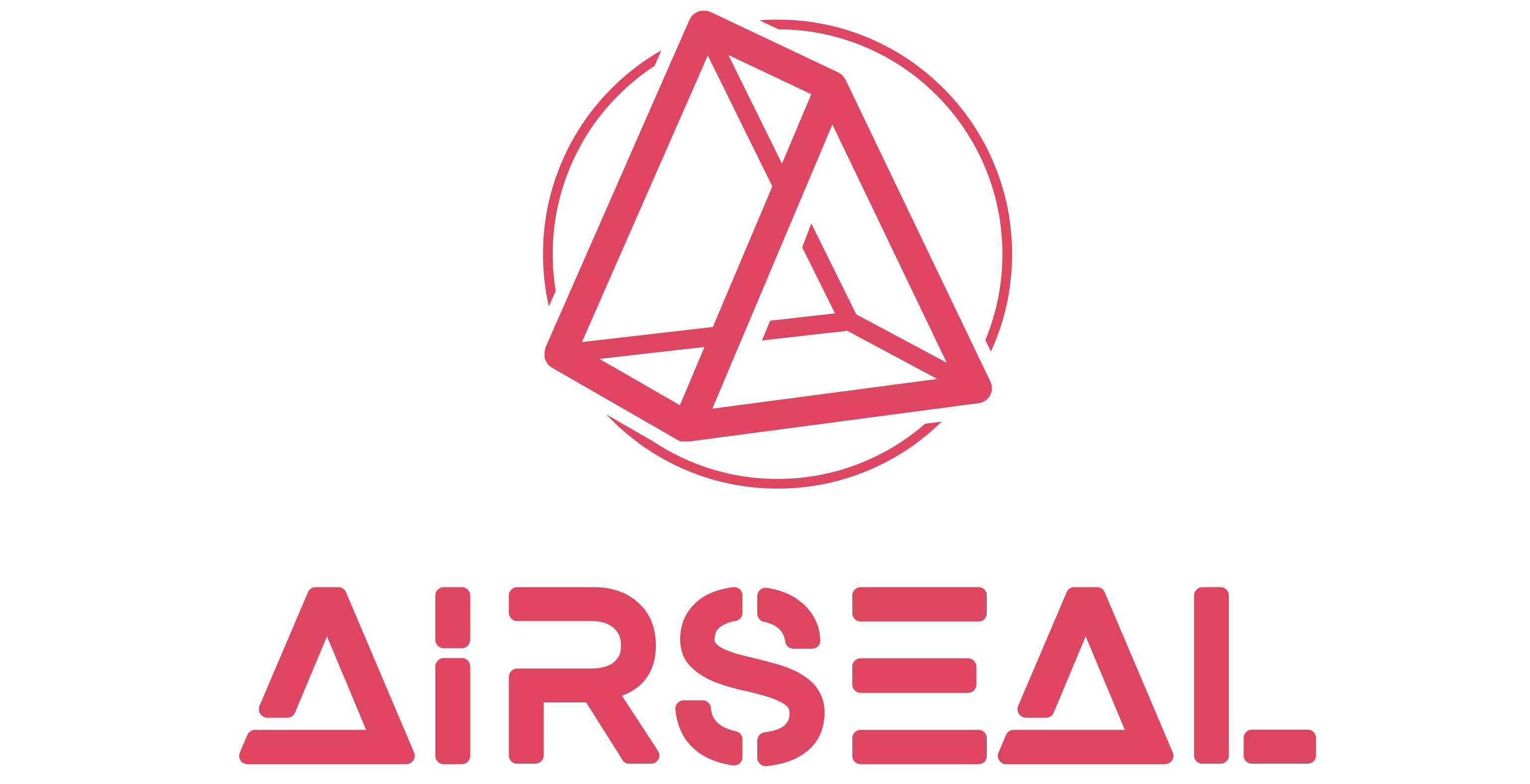Environment - Publication
2 Publications found
Performance of Cold Atmospheric Plasma in Reducing Airborne Particles and Carbon Dioxide Concentrations in Sports Facilities
Authors: Namwon Paik , Younghyo Park , Namkyung Kim , Yonghee Kim , Doyeon Kim , Hyunyoung Hong
According to a few reports recently published, cold atmospheric pressure plasma (CAP) is a state-of-the-art technique in the field of environmental science. Studies reported the performance of CAP in the removal of particulate matter (PM) and microorganisms, including fungi, bacteria, and viruses. The CAP also effectively removed the odor, volatile organic compounds (VOCs), and numerous chemicals, including formaldehyde. However, studies on the control of PM and carbon dioxide (CO2) in sports facilities are limited. This study was conducted in two parts. In Part 1, the levels of indoor PM10, PM2.5, PM1.0, and CO2 were measured in two sports facilities, including a table tennis center and a fitness center, to determine the occupants’ exposure levels to the pollutants. In part 2, the performance of the CAP technique in the reduction of airborne concentrations of PM10 and CO2 was investigated. The PM10 concentrations were significantly higher in the fitness center than in the table tennis center. The concentration ratios of PM10, PM2.5, and PM1.0 to PM10 concentrations were 1.00, 0.95, and 0.81, respectively. The CO2 concentrations were significantly higher in table tennis centers where aerobic exercise was predominant. The performance of CAP on the removal of PM10 and CO2 was highly promising. The average reduction rates against PM10 and CO2 concentrations were 69% and 35%, respectively. Further studies on the performance of CAP against other pollutants, such as total volatile organic compounds and microorganisms in sports facilities are needed.

Hot Dip Galvanising Solution Providers in India, Mumbai
Authors: Divyaseo
In Other, Energy, Environment
By divya seo
